EUROPEAN TRAVEL | EUROPE DIARIES | TRAVEL IDEAS
3-Day Switzerland Road Trip Itinerary: Explore Breathtaking Alpine Routes
Get Mesmerized By The Beauty Of Switzerland
Summer unlocks a wide range of outdoor adventures that are often impossible during the harsh winter months. From hiking and cycling to road trips, birdwatching, and discovering vibrant wildflowers and hidden meadows, a lot of adventure activities await one. After my trip to Lapland, chasing the northern lights, snowmobiling, and tasting the traditional Finnish cuisines to my fullest, it has been a while since I last had a getaway. With summer’s more predictable weather and the ease of packing light, the travel bug has bitten me again. So last summer, I embarked on a road trip through Switzerland and planned a sweet 3-day Switzerland road trip itinerary, perfect to enjoy the Swiss roads, spend some time hiking, and admire the magnificent Swiss mountain peaks.
Here in this self-drive itinerary for Switzerland, I invite you to join me in exploring the hills and meadows and get tips, tricks, and the best places to visit in Switzerland so you can inspire and plan yourself a wonderful self-drive Swiss road trip itinerary. Enjoy!
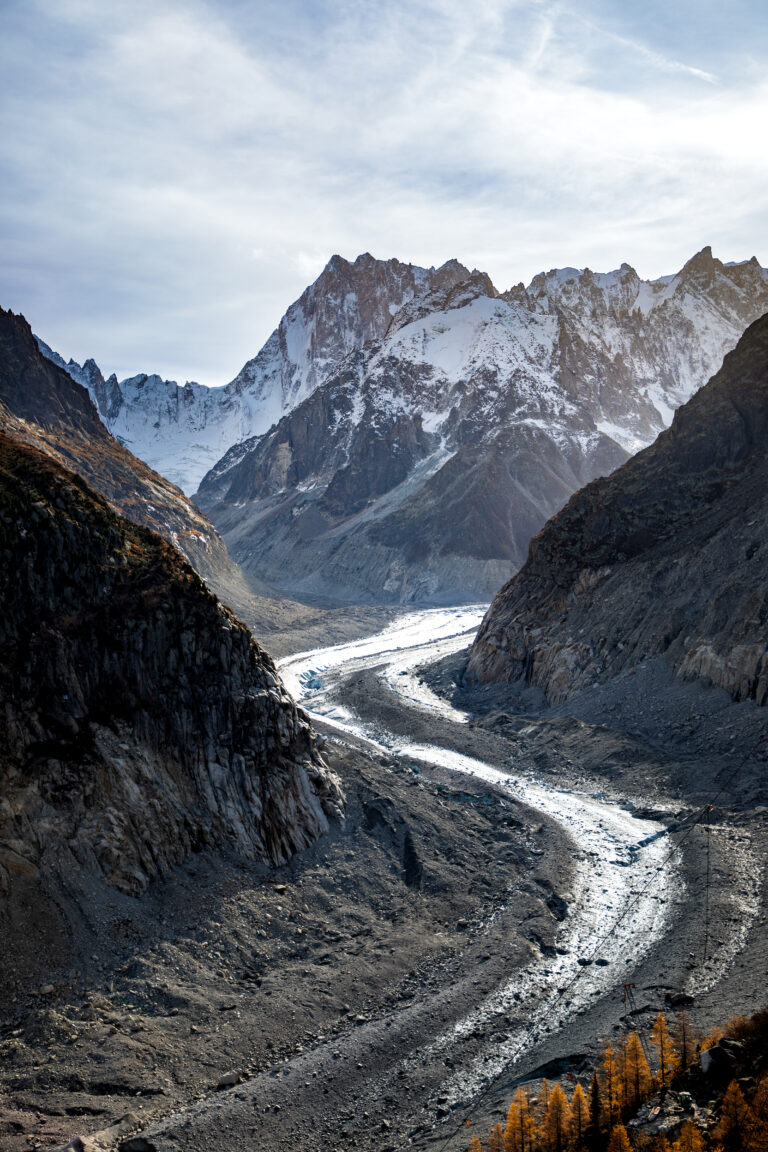
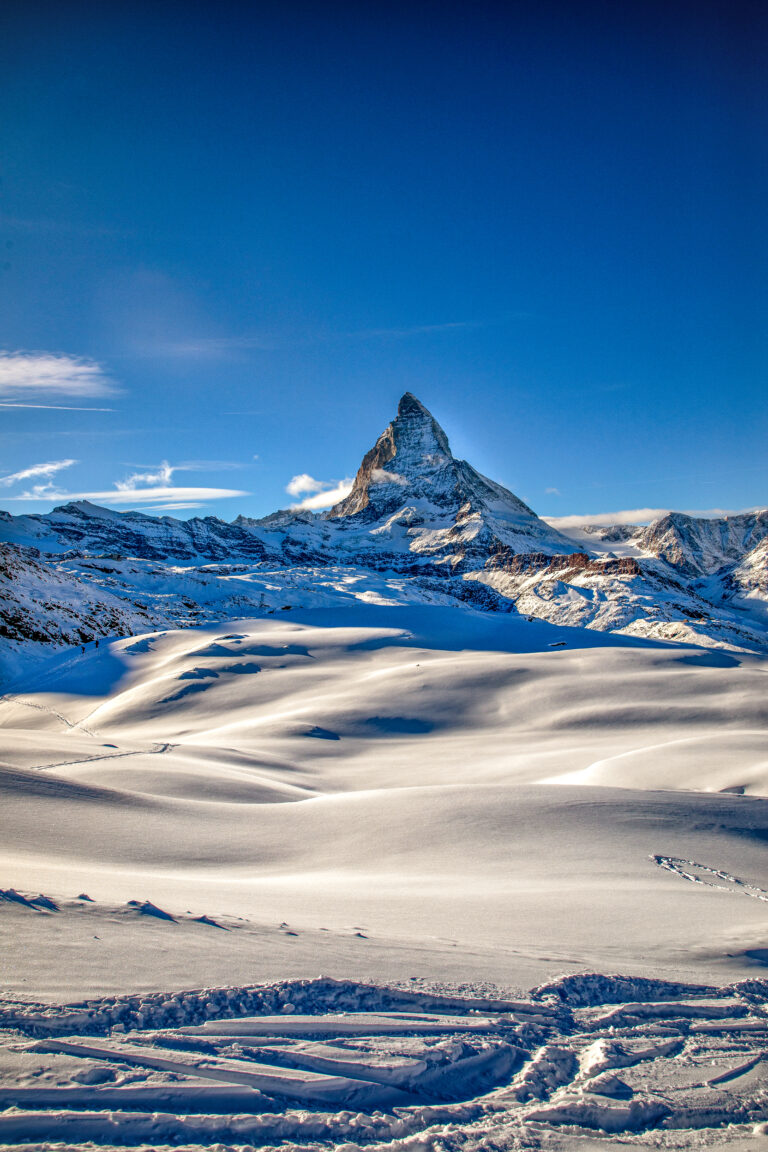
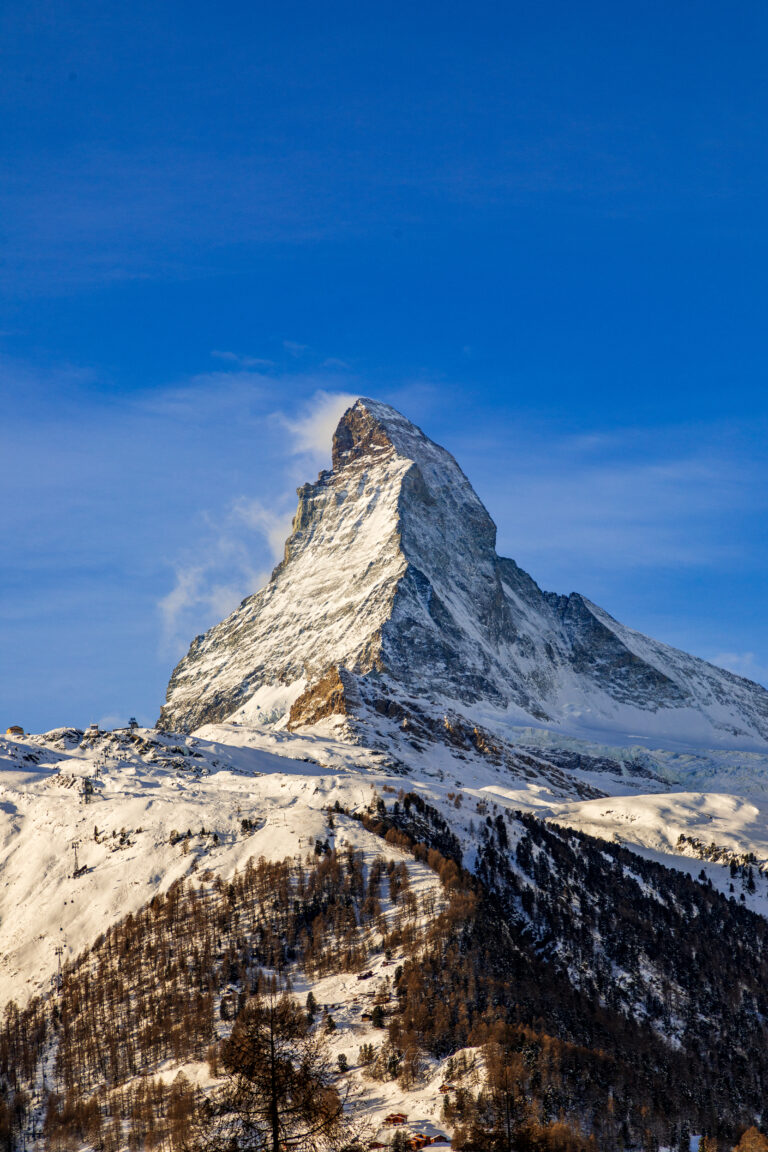
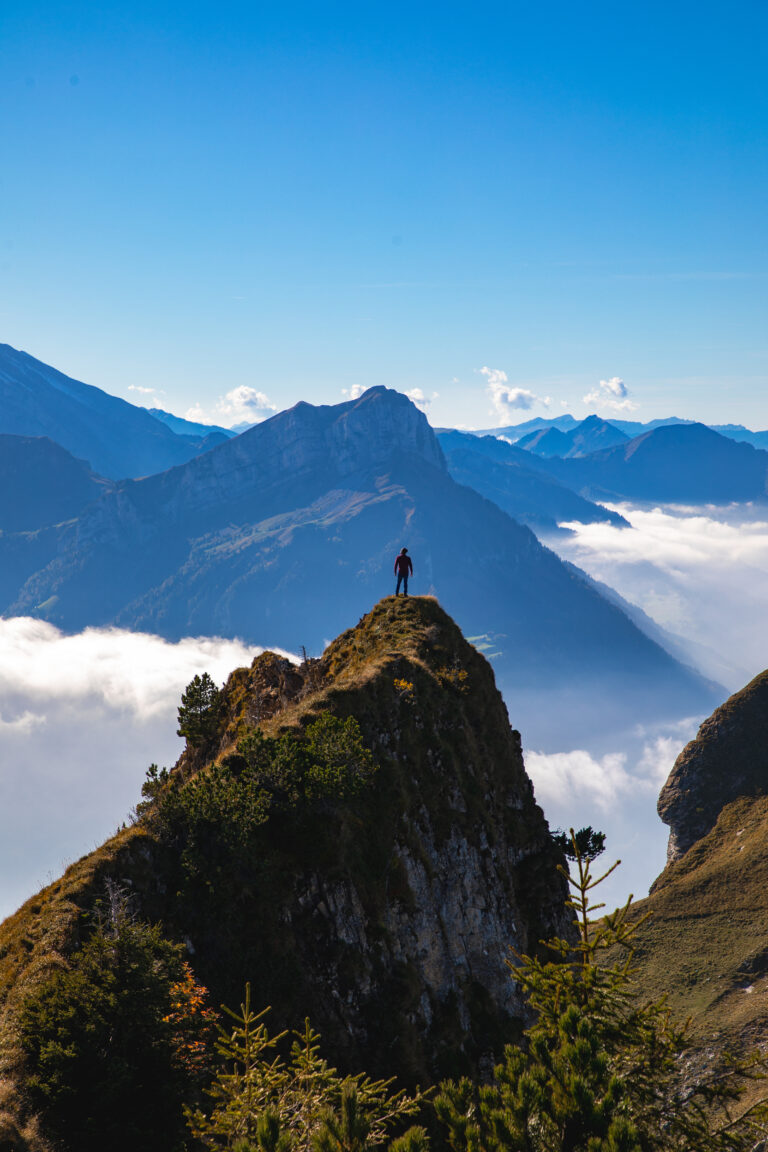
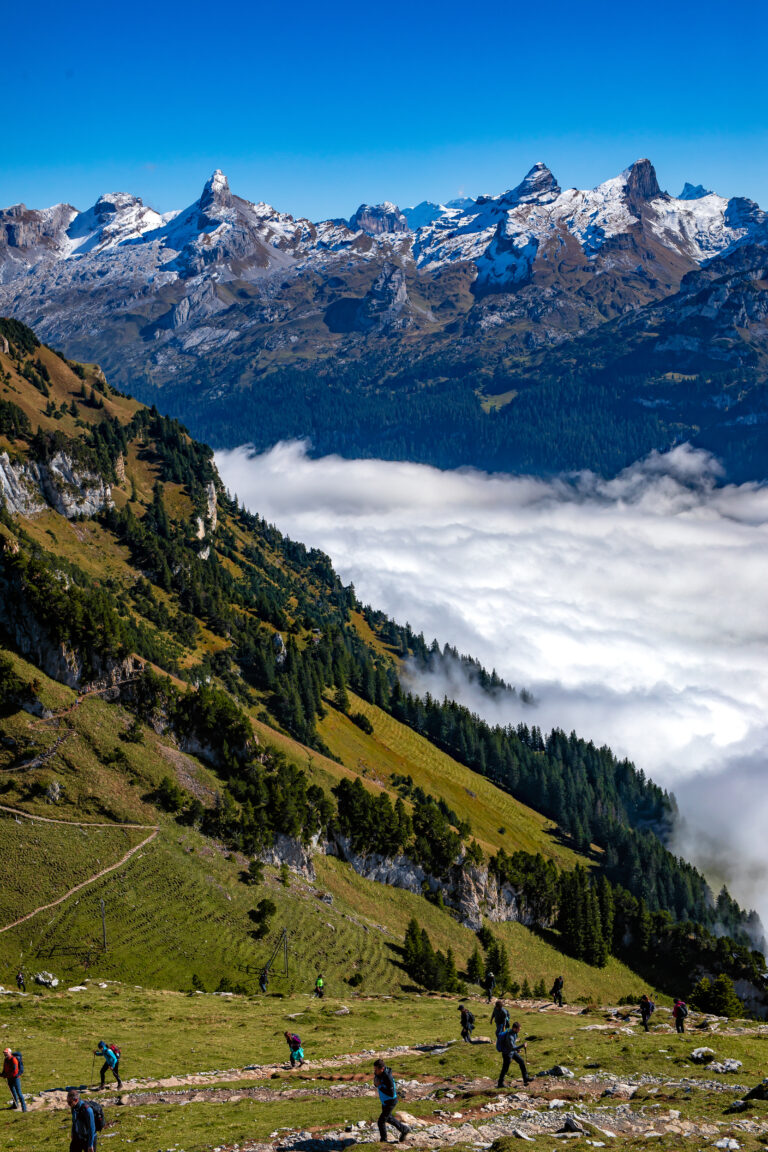
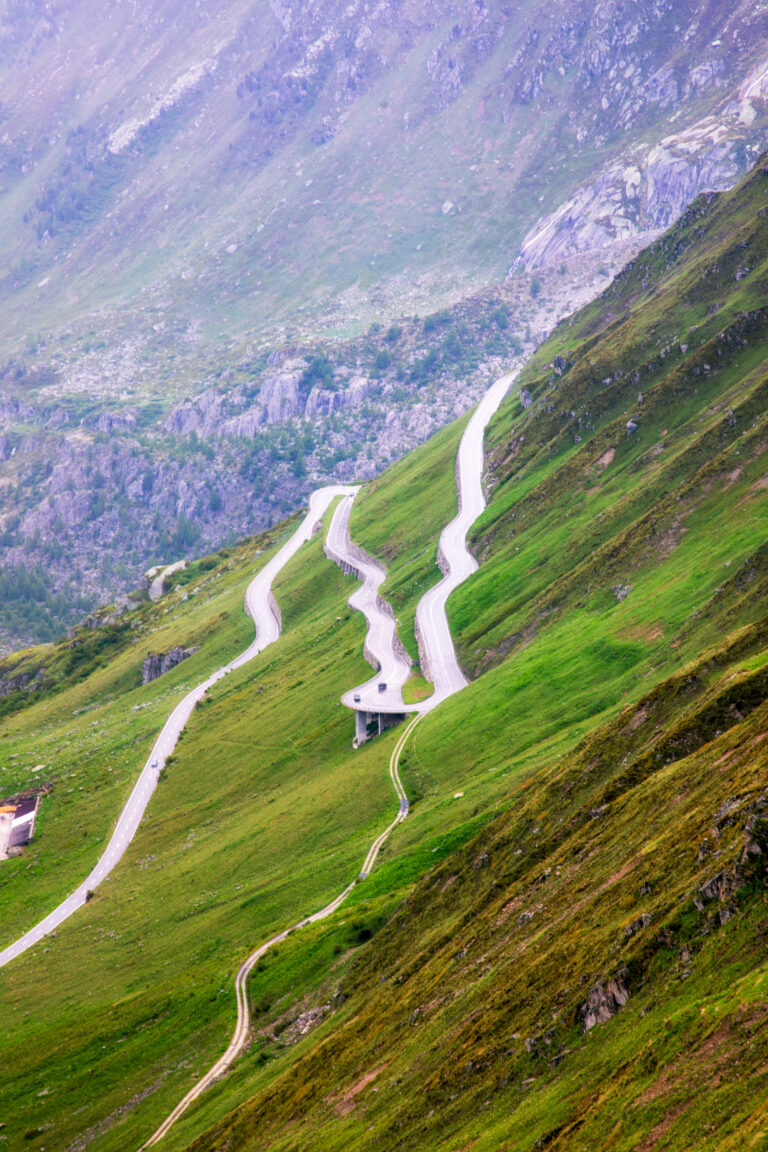
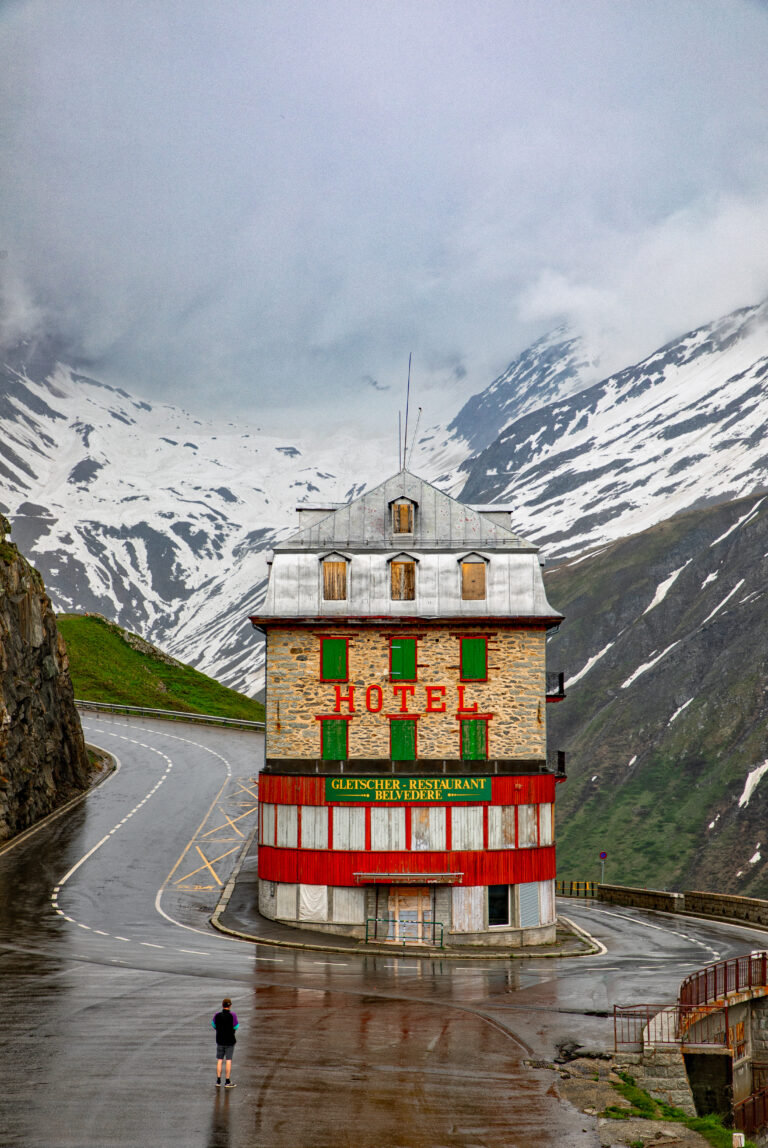
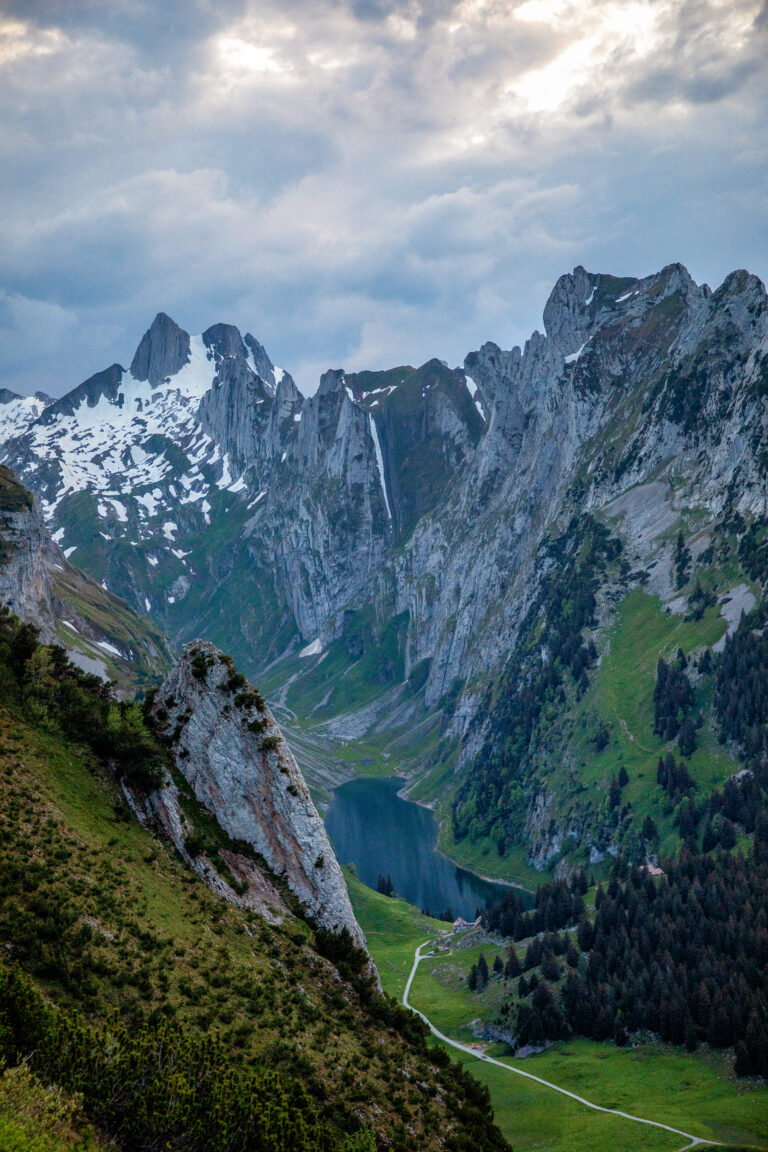
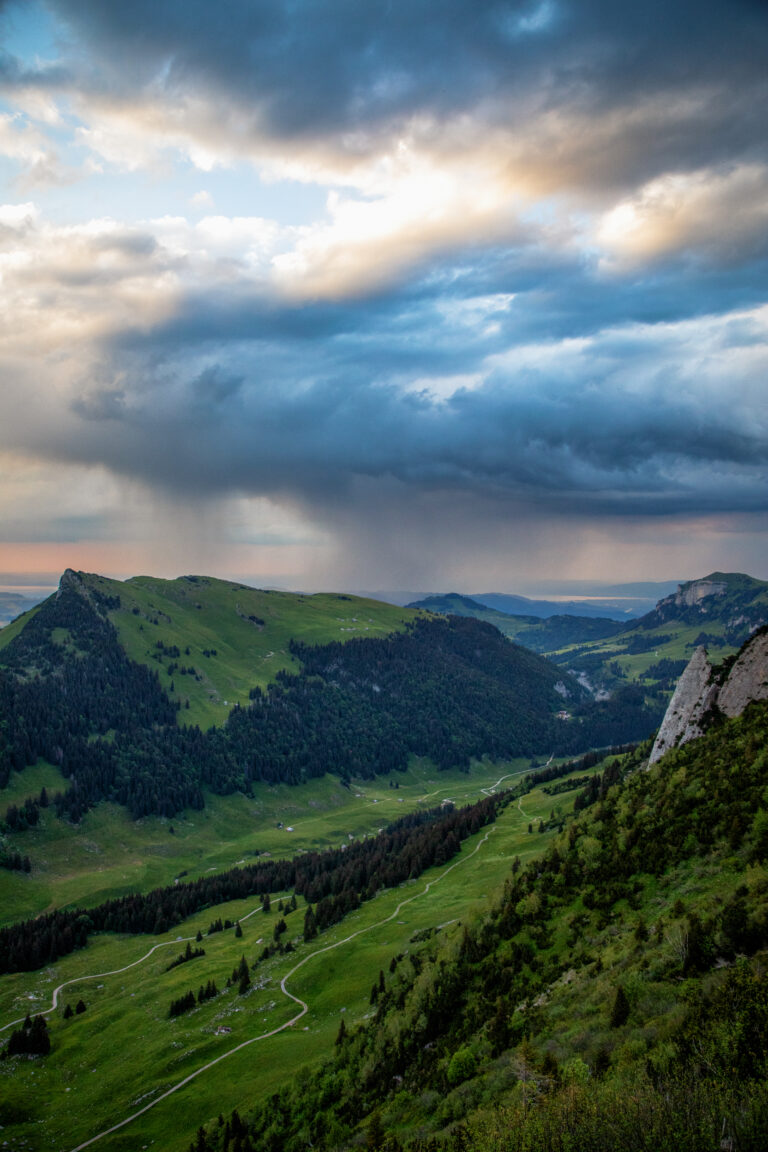
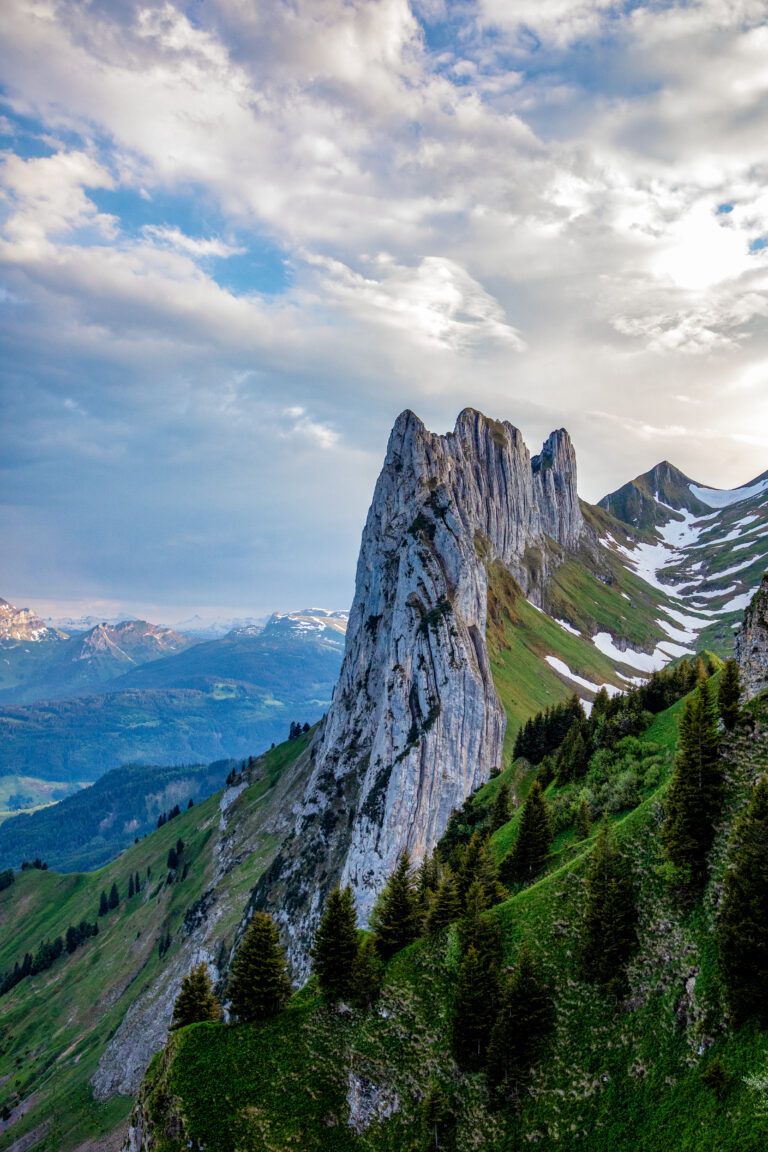
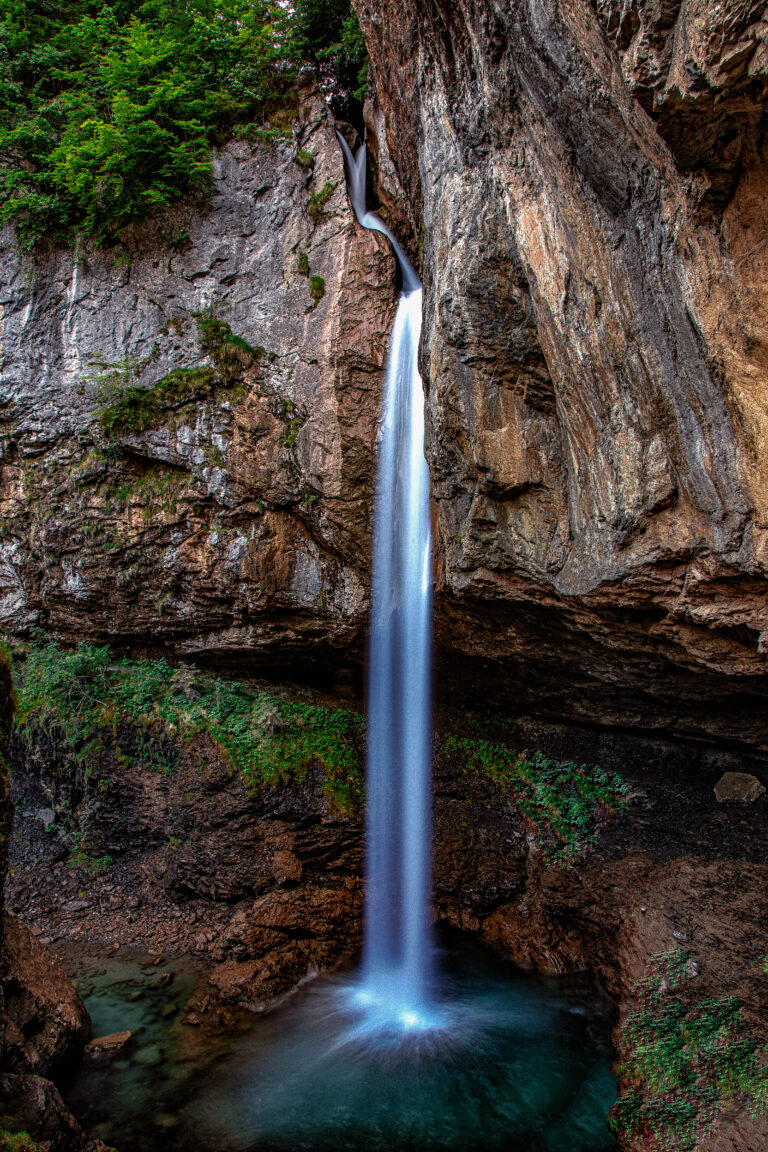
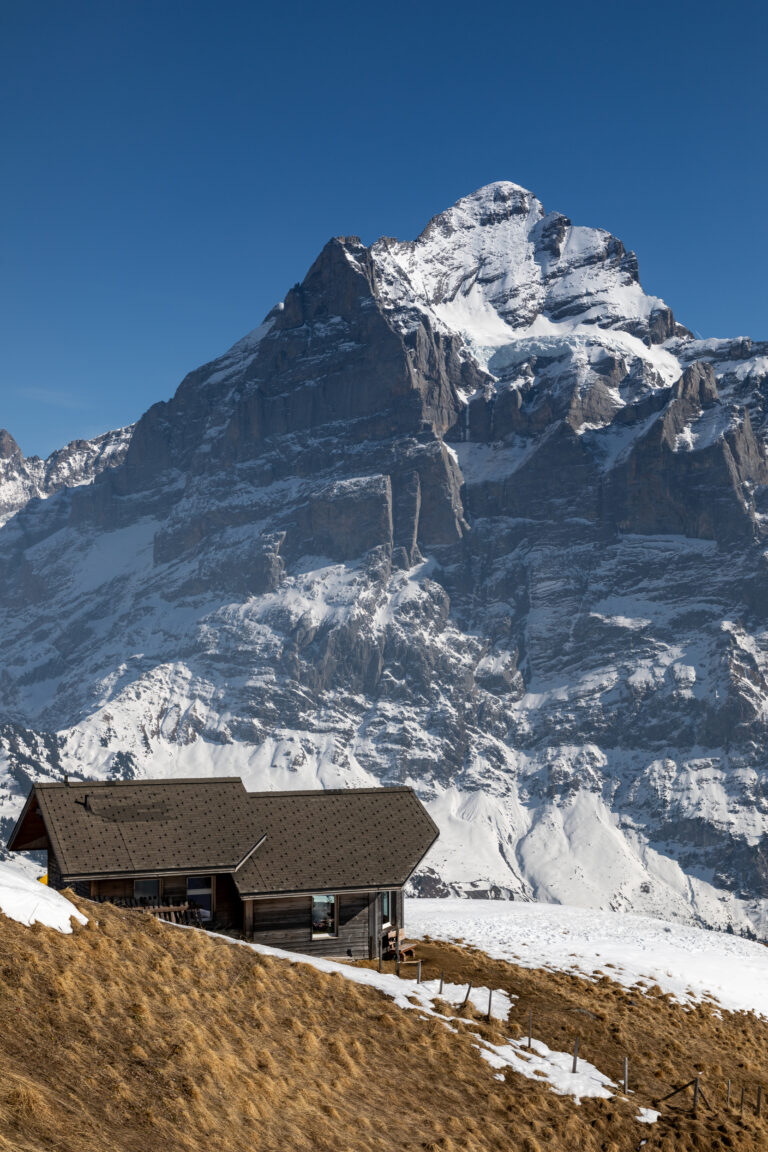
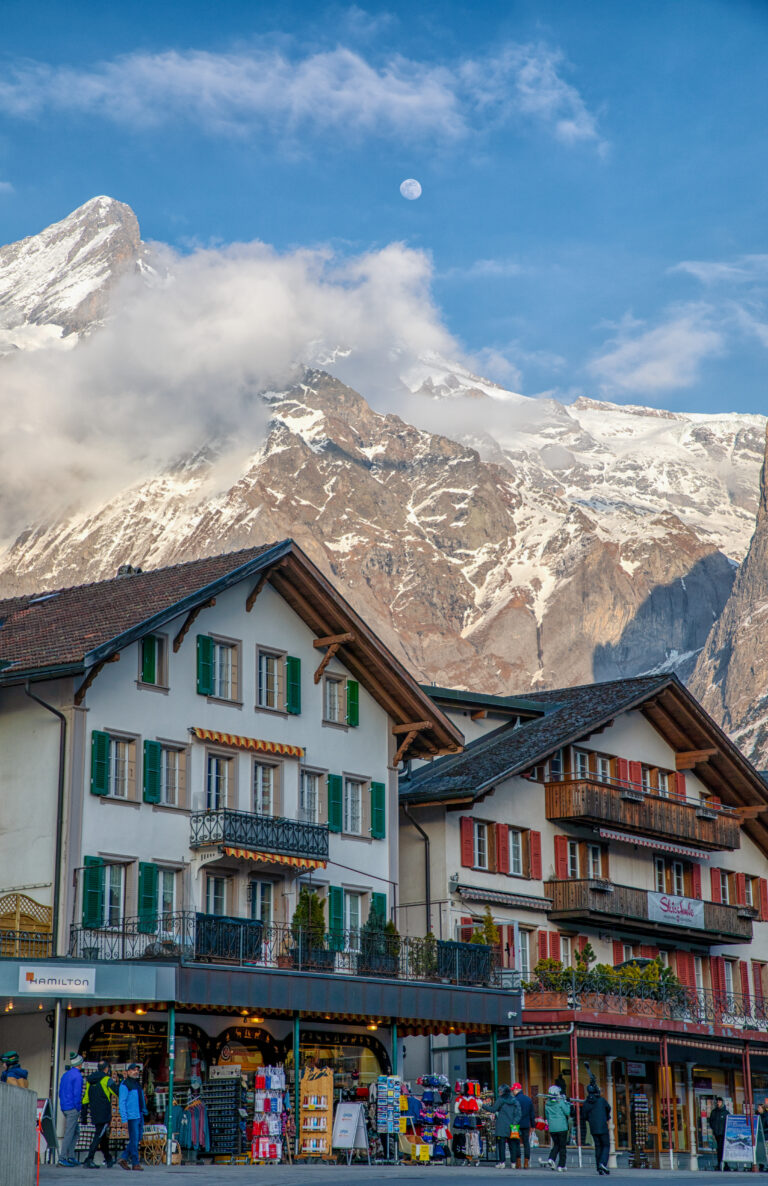
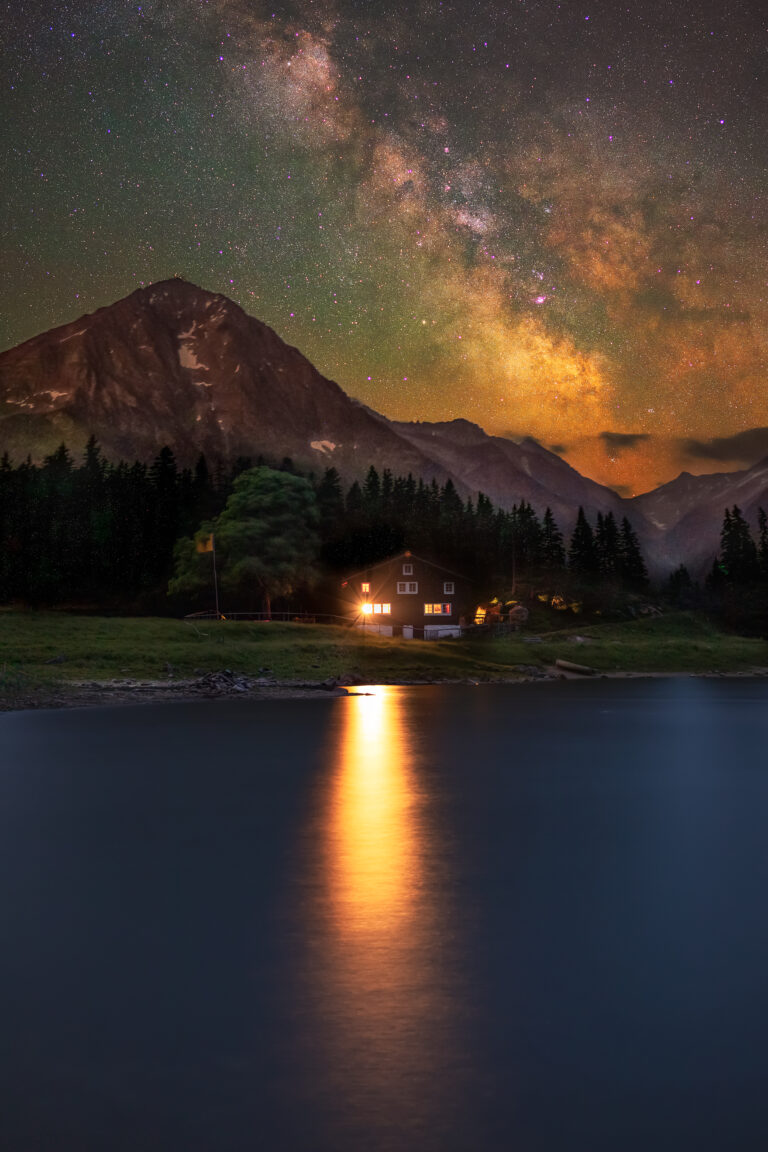
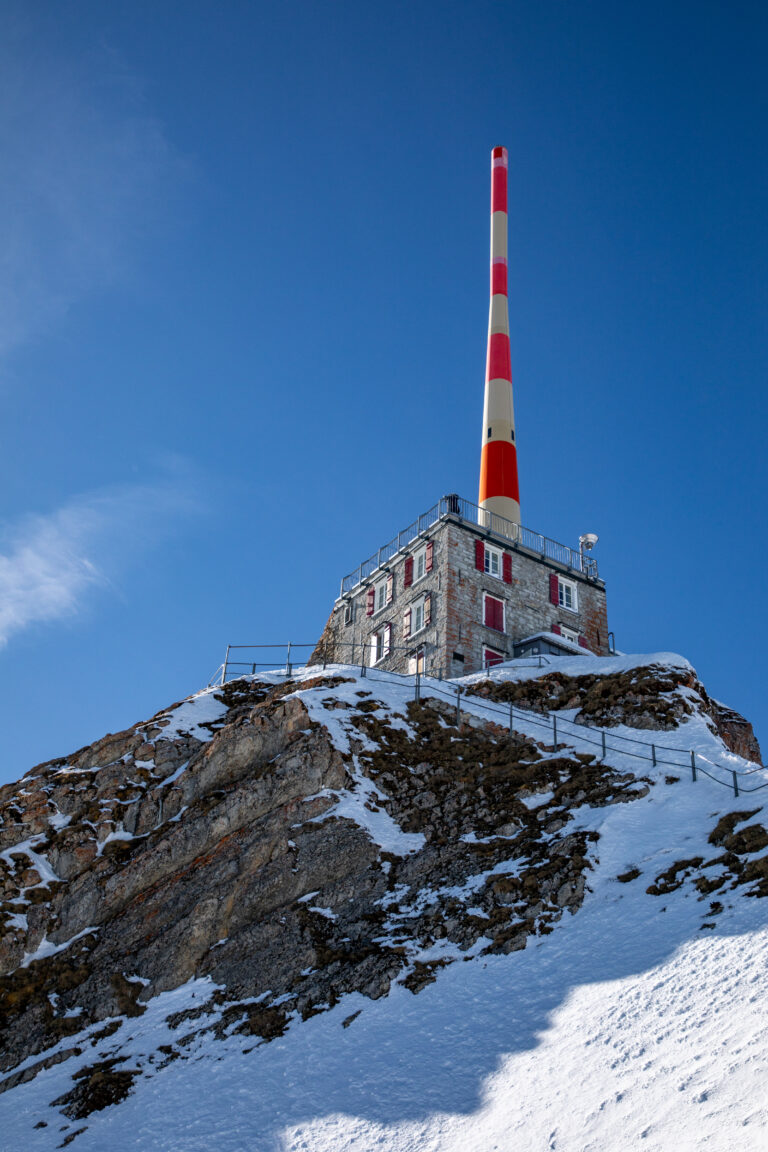
Best Time to Visit Switzerland
The best time to enjoy the summer vibes in Switzerland is between June and August. The weather is pleasant, the roads are clear, and the alpine scenery is at its best. Plus, you’ll have longer daylight hours to explore. For me, in any self-drive summer itinerary, long daylight hours are crucial. I visited in early July, and the meadows were carpeted with wildflowers—something you’d miss in winter. The air was crisp, and the skies were so clear that every mountain peak felt within reach. As a photographer, the golden sunlight during my time in Switzerland and the availability of the right light were the icing on the cake for this entire drive.
How to reach Switzerland
If you’re coming from Germany, you have a few options to reach Switzerland:
- By Car: The most convenient way is to drive directly. Depending on your starting point, the journey to Switzerland can take anywhere from 3 to 8 hours.
- By Train: You can take a high-speed train (ICE) from major German cities like Berlin, Munich, or Frankfurt to Zurich or Basel and rent a car there. If you start from Frankfurt, there is a direct train to Interlaken.
- By Flight: Fly to Zurich, Geneva, or Basel and hire a car upon arrival.
Car Rental in Switzerland
If you plan to rent a car in Switzerland, you need to keep in mind a few things:
- International Driving Permit: If you’re from outside the EU, check if you need an IDP.
- Swiss Vignette: Highways require a toll sticker (vignette), which rental cars usually have.
- Insurance: Opt for full coverage, as mountain roads can be tricky.
Car Parking Information:
Parking in Switzerland is generally paid, with costs varying by location:
- Interlaken: Up to CHF 6 per hour in the city center
- Täsch (for Zermatt): From CHF 16 for 24 hours
- Lucerne: Bahnhofparking P1 + P2 charges CHF 4 for the first hour and CHF 3 for each additional hour.
Like everything in Switzerland, parking is expensive, so plan your itinerary carefully and make the most of it. Many parking areas offer payment via mobile apps or machines that accept cash and cards, allowing you to manage your parking easily while touring Switzerland by car.
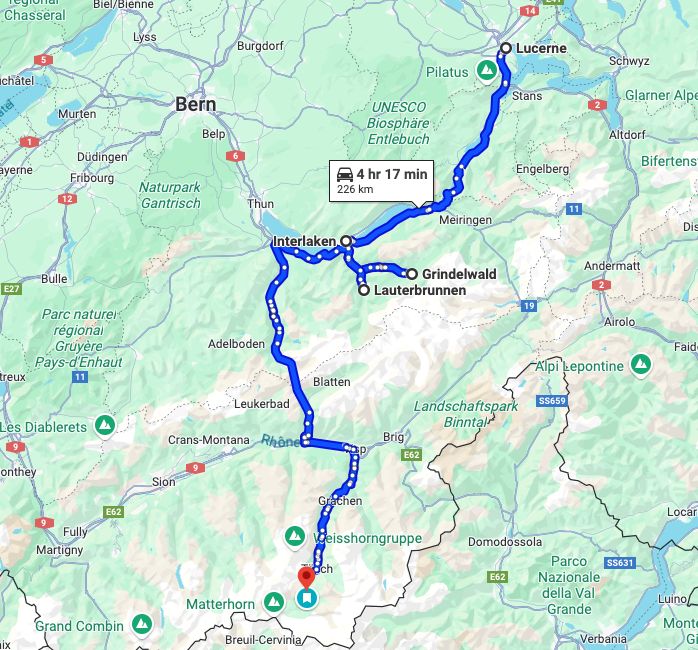
Day 1: Grindelwald to Interlaken
On my first day, I decided to drive as much as possible because I had been eager to get behind the wheel for a long time. The day I planned to drive turned out to be perfect—the sun was shining, with no surprise rain or cloudy skies. The drive through mountain peaks and meadows was wonderful.
As I approached Grindelwald, the towering peaks of the Eiger and Jungfrau came into view, making you feel like you’ve entered a different world. The entire vibe of summer is just unreal, and Grindelwald that day was purely magical. The snow-capped peaks contrasted beautifully with the lush green valleys. I spotted marmots and ibexes during my hike to Bachalpsee Lake—something you’d rarely see in winter.
After spending some time in the sun and hiking in the mountains, I revved my engine before sunset. Overall, the journey from Grindelwald to Interlaken is truly breathtaking. The roads are well-maintained, and the scenery shifts from rolling hills to dramatic mountain vistas. The sun, with its magnificent colors, made the peaks both beautiful and mysterious. After hiking, I was pretty much exhausted; the long drive had also drained my energy. After having dinner at a restaurant, I decided to call it a day and drove straight to my stay before dark.
Route & Drive Details
- Start: Zurich or Basel (if renting a car in Switzerland)
- Drive to Grindelwald: ~2 hours from Zurich
- Drive to Interlaken: ~30 minutes
Must-Visit Places
- First Cliff Walk: A thrilling experience with panoramic views, the First Cliff Walk is a metal walkway clinging to the side of First Mountain, offering stunning vistas of the Bernese Oberland.
- Bachalpsee Lake: A scenic hike to an alpine lake, Bachalpsee is known as the “Jewel of the Alps” and offers stunning reflections of the surrounding mountains on a clear day.
- Eiger Express Cable Car: A shortcut to Jungfraujoch, the Eiger Express takes you from Grindelwald Terminal to Eiger Glacier station. From there, you can take a train to reach Jungfraujoch (“Top of Europe”).
- Interlaken: A paradise for adventure lovers, offering paragliding, canyoning, kayaking, and more, Interlaken sits nestled between two stunning lakes and provides easy access to the Jungfrau region.
Tips for Day 1
- Park in Interlaken and explore by foot or public transport. Parking can be expensive, so make sure you manage to find a place way before you reach, and research the rates and timings.
- Start early to make the most of daylight hours. Summer is all about sun and spending time outdoors. Make the most out of it and don’t be lazy in bed until noon in the hotel.
- Pack light, but pack wisely. Make sure you have a small backpack with snacks, energy bars, and water as backup, as you might need it during the hike.
- A walking stick is useful, and a hiking boot is essential. A hiking boot will make sure you can hike comfortably and give you enough confidence to conquer hilly terrain.
Day 2: Interlaken to Zermatt
On the second day, I thought of taking it easy, but my body was unwilling. I woke up at first light, and after a hearty buffet breakfast, I began my day. The stay was comfortable, and the hot shower was refreshing—enough to wash away my tiredness and rejuvenate me.
The drive to Täsch was smooth, with well-marked roads. Once you park your car, the short train ride to Zermatt feels like stepping into a car-free paradise. Zermatt is famous for the Matterhorn, one of the most iconic peaks in the world. Summer in Zermatt is truly a hiker’s paradise for all the right reasons. I took the Gornergrat Railway and hiked down to Riffelsee Lake, where the Matterhorn reflects perfectly in the water.
One great thing about this drive is that it allows you to reach Grimsel Pass from Interlaken to Zermatt if you plan your ride ahead. Grimsel Pass offers stunning views of reservoirs and rugged terrain, providing a memorable drive. In winter, this area is covered in snow, but in summer, you’ll see alpine flowers and grazing sheep. If there was one truly iconic moment in this self-drive itinerary, I would say it was this—a mesmerizing experience to witness with my own eyes. The drive from Interlaken to Täsch is one of the most scenic routes in Switzerland. The road winds through lush valleys, past beautiful lakes, and alongside towering mountains. There are plenty of spots to pull over and take photos, so take your time.
Route & Drive Details
- Drive from Interlaken to Täsch: ~2.5 hours
- Train from Täsch to Zermatt: 15 minutes (Zermatt is car-free)
Must-Visit Places
- Gornergrat Railway: A scenic train ride with incredible views of the Matterhorn, the Gornergrat Railway takes you to a viewpoint at 3,135 meters above sea level, offering panoramic views of 29 peaks over 4,000 meters, including the Matterhorn and the Gorner Glacier.
- Matterhorn Glacier Paradise: The highest cable car station in Europe at 3,883 meters (12,740 feet), the Matterhorn Glacier Paradise offers views of 38 peaks over 4,000 meters and 14 glaciers across Switzerland, France, and Italy.
- Zermatt Village: A charming alpine town with traditional wooden chalets, Zermatt Village features buildings up to 500 years old built in the traditional style of Valais mountain farmers, often raised on stone stilts.
Tips for Day 2
- Leave your car in Täsch, as Zermatt is a car-free zone.
- Book your Gornergrat tickets in advance.
- Booking your stay, tickets and passes at least 6 months in advance gives you amazing offers and cheap prices.


Day 3: Lauterbrunnen, Jungfraujoch & Lucerne Sunset
The drive from Lauterbrunnen to Lucerne is a mix of mountain roads and lakeside views. As you approach Lucerne, the sight of Lake Lucerne sparkling in the sunlight is unforgettable. In short, summer in Lauterbrunnen feels like stepping into a fairy tale, with beautiful lakes, turquoise waters, mountain passes, and lush meadows. The waterfalls are at their fullest, and the valley is alive with birdsong. During my walk, I even spotted a family of chamois near Trümmelbach Falls!
The drive from Täsch to Lauterbrunnen takes you through some of Switzerland’s most dramatic landscapes. With its 72 waterfalls, the Lauterbrunnen Valley creates a surreal atmosphere. The roads are narrow yet well-maintained, and the views make every turn worth exploring.
Route & Drive Details
- Drive from Täsch to Lauterbrunnen: ~2 hours
- Drive from Lauterbrunnen to Lucerne: ~1.5 hours
Must-Visit Places
- Staubbach Falls & Trümmelbach Falls: Stunning waterfalls cascading down rocky cliffs, Staubbach Falls is one of the highest free-falling waterfalls in Europe, while Trümmelbach Falls are a series of ten glacier-fed waterfalls inside a mountain.
- Jungfraujoch: Take the scenic train for breathtaking views. Jungfraujoch is the highest railway station in Europe at 3,454 meters above sea level, offering panoramic alpine views and access to attractions like the Sphinx Observatory and Ice Palace.
- Lucerne: Stroll along Lake Lucerne and enjoy the sunset over the Chapel Bridge. The Chapel Bridge is a 669-foot wooden footbridge and the oldest covered wooden bridge in Europe, decorated with paintings that narrate the history of Lucerne and Switzerland.
Tips for Day 3
- Jungfraujoch tickets can be expensive; check for Swiss Travel Pass discounts.
- Aim to reach Lucerne by late afternoon for the best sunset views.
My Experience through the Swiss Roads
As I look back on my three-day road trip through Switzerland, I can say it was an experience I’ll never forget. From the moment I hit the road in Grindelwald, surrounded by the towering peaks of Eiger and Jungfrau, I felt like I was in a different world. The whole atmosphere—sun shining, wildflowers blooming, the mountains standing tall against the clear blue sky—was a photographer’s dream. The drive from Grindelwald to Interlaken was one of those moments where I had to pull over just to take it all in. The road winds through lush valleys and dramatic cliffs, with the sun casting its golden glow on the snow-capped peaks. Each stop, each view, made me feel so connected to this beautiful country. As a photographer and hiking enthusiast, I relived every moment—the stunning alpine landscapes, the wildlife I spotted along the way, and the hikes that connected me to the mountains.
Even though the drive and the entire journey were tightly packed, I didn’t mind—it was all part of the adventure. Driving through Grimsel Pass, with its rugged landscapes and alpine flowers in full bloom, was a moment that truly felt iconic. I knew I’d be talking about this drive for years to come.
Road trips aren’t just about marking off landmarks but about immersing yourself in nature, observing the world from a driver’s perspective, uncovering hidden treasures, and finding a connection with nature. If you’re considering a trip like this, don’t just drive through—live it. Take the time to stop, breathe, hike, photograph, and enjoy.
Switzerland has a way of making you feel like you’re a part of something much bigger than yourself. If you’re considering a road trip through Switzerland and aren’t limited by time or budget, I’d recommend making it a four-day itinerary. That extra day would allow you to slow down, enjoy the scenery at a more relaxed pace, and reduce the daily miles on the road. But honestly, if you love driving as much as I do and are comfortable covering long distances while staying on course, a three-day itinerary won’t feel rushed—it’ll feel exhilarating.
Overall, this road trip gave me more than just beautiful views. It also melted my burnout and prepared me to go back to the office. Not to mention, a bunch of amazing photographs and videos—enough to give my hard drive a workout. I will close this blog like this: the freedom of the open road, the charm of the alpine villages, and the thrill of discovering hidden gems are things you have to experience in life. If you’re planning your own road trip in Switzerland, trust me, it will be worth every mile.
